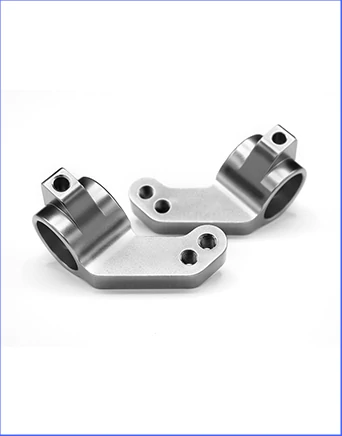Time to read: 6 min

Introduction to CNC Machining Design
CNC (Computer Numerical Control) machining is a high-precision manufacturing process that offers versatility and efficiency in part production. With the rapid evolution of technology, mastering CNC machining design has become crucial for meeting the demands of various industries.
Understanding CNC Machining
CNC machining encompasses a range of techniques, including CNC milling and CNC turning, which are used to shape raw materials into precise components. The process is controlled by computer programs that dictate the movement of cutting tools with exceptional accuracy.
Importance of CNC Design
Effective CNC design is fundamental to the success of any machining project. It impacts manufacturability, cost-efficiency, and the final part's quality. This guide provides a foundational understanding of CNC machining and the critical factors to consider in the design phase.
Essential Principles of CNC Machining Design
- Design for Manufacturability (DFM): Create designs that are easy to produce, reducing production time and costs.
- Material Selection: Choose the right materials based on the project's requirements and the machining process.
- Tolerances and Surface Finish: Understand the importance of setting appropriate tolerances and achieving a high-quality surface finish.
Best Practices for CNC Machining
- Design Simplicity: Simplify designs without compromising functionality to streamline the machining process.
- Tool Path Optimization: Plan tool paths to minimize machining time and improve part quality.
- Prototype Testing: Utilize prototypes to validate design and manufacturing processes.
Design Limitations and Considerations
- Machine Travel and Work Envelope: Ensure designs fit within the CNC machine's working area.
- Fixture Design: Consider how parts will be held during machining to ensure stability and accuracy.
- Coolant and Lubrication: Plan for the use of coolant and lubrication to extend tool life and improve surface finish.
Achieving Superior Surface Finishes
- Cutting Parameters: Optimize cutting speed, feed rate, and depth to achieve the desired surface finish.
- Tool Selection: Choose the appropriate cutting tools for the material and desired finish.
- Post-Processing: Understand when post-machining processes like polishing or deburring are necessary.
Materials for CNC Machining
- Explore a wide range of materials suitable for CNC machining, including various metals and plastics.




